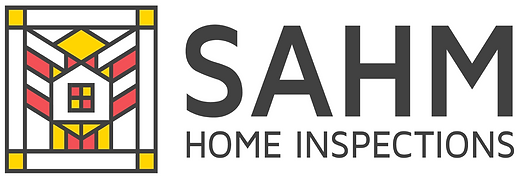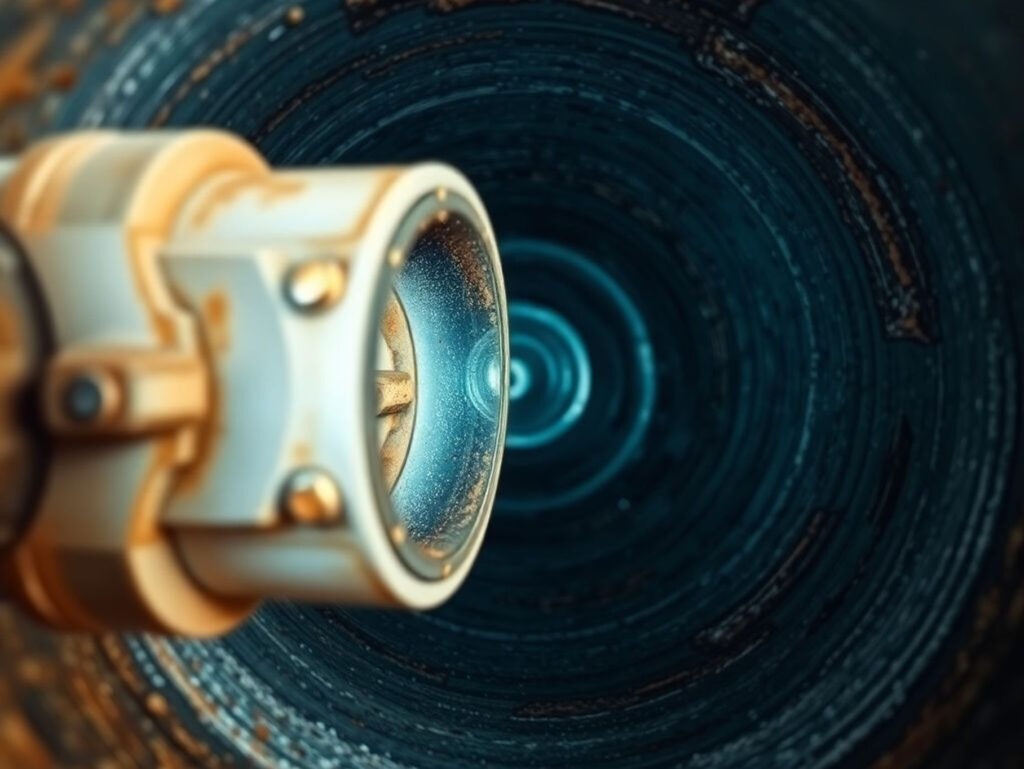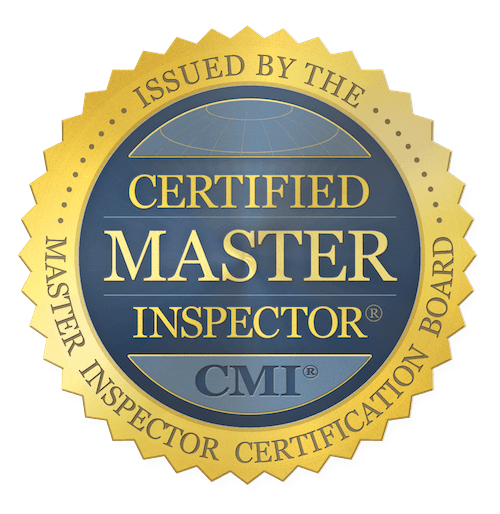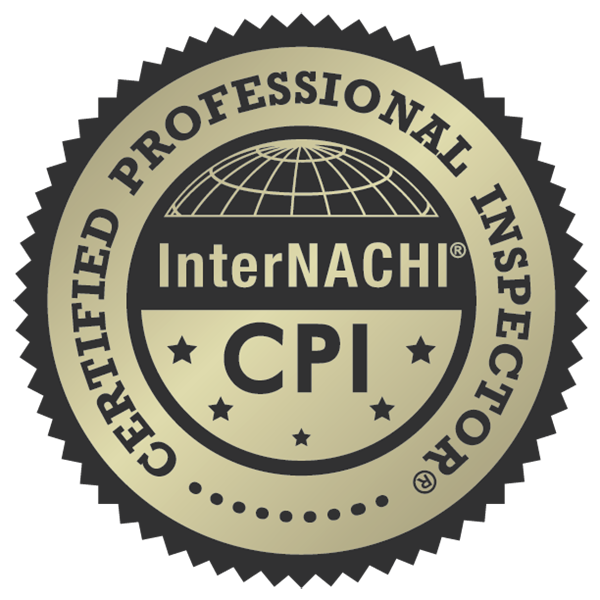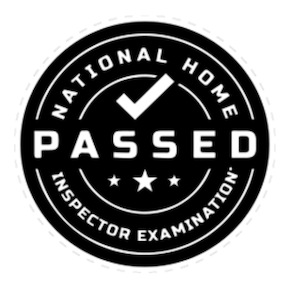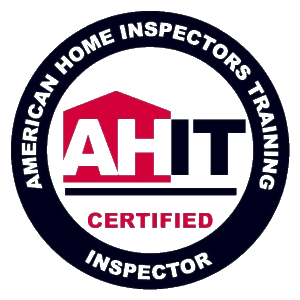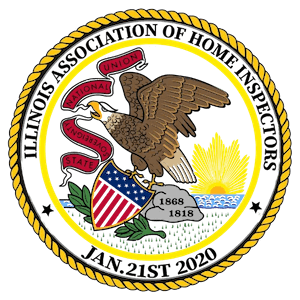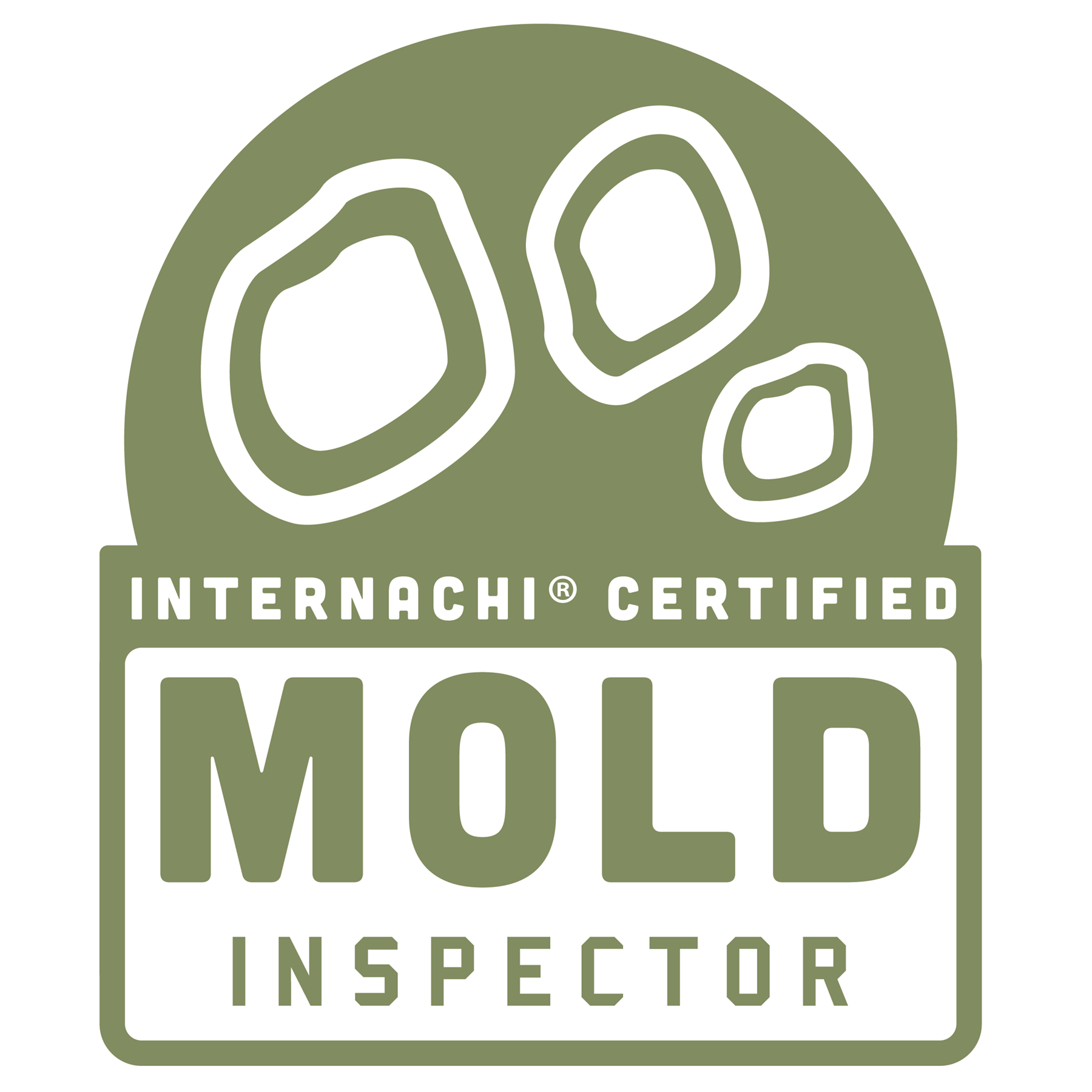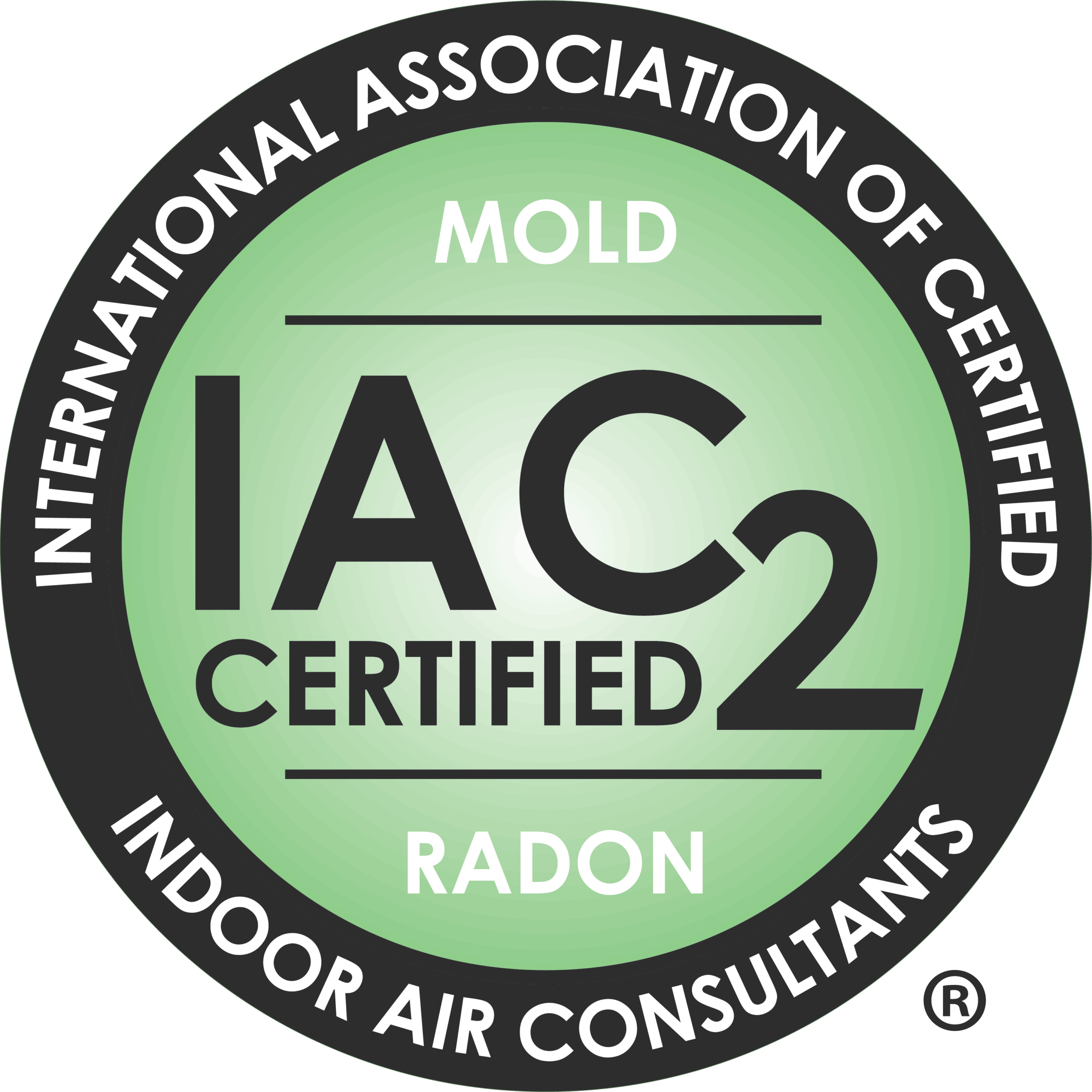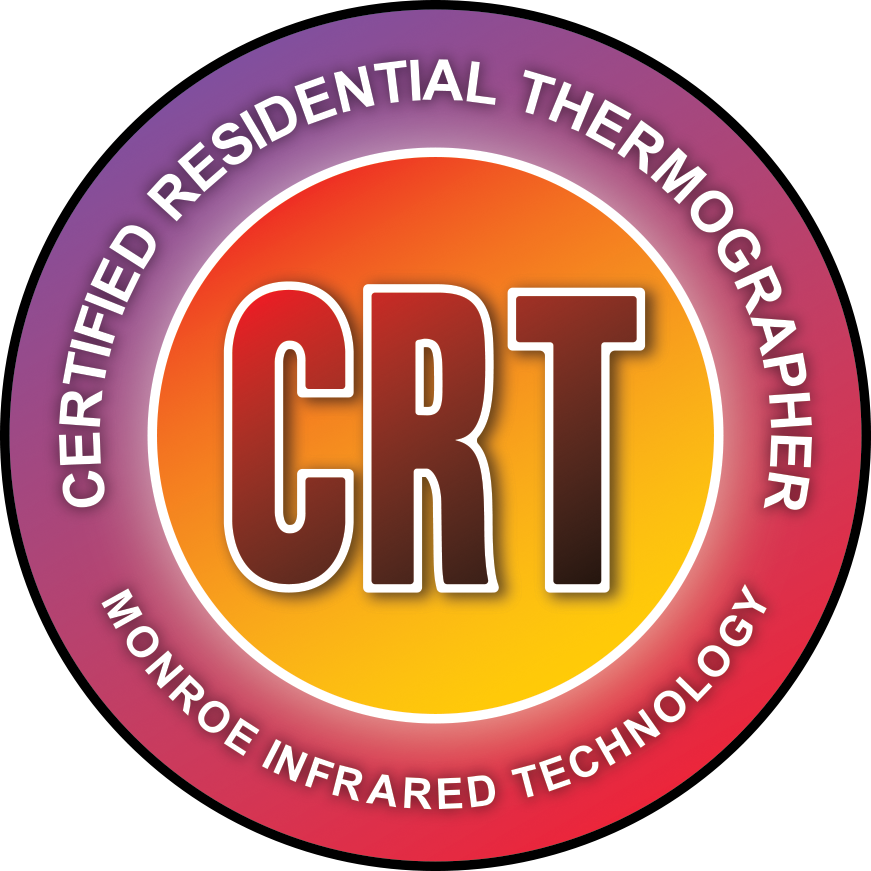Ever had a mysterious clog or a weird smell coming from your drains? If you’re in Oak Park, IL, you’re not alone. Sewer scans are becoming a go-to solution for homeowners looking to keep their plumbing in check. These scans are not just about fixing problems but also about preventing them before they turn into expensive repairs. It’s like getting a health check-up for your home, making sure everything flows smoothly beneath the surface.
Key Takeaways
-
Sewer scans in Oak Park, IL, help detect early plumbing issues, saving homeowners from costly repairs.
-
Regular scans can maintain your property’s value and ensure your plumbing system is in top shape.
-
The process involves using advanced cameras and equipment to inspect sewer lines thoroughly.
-
Choosing a reliable sewer scan service is crucial for accurate results and peace of mind.
-
Scheduling scans before buying a property or during routine maintenance can prevent future headaches.
Introduction to Sewer Scans in Oak Park, IL

What Are Sewer Scans?
Sewer scans are like a health check-up for your plumbing system. They involve using a camera to look inside your sewer pipes to see if everything’s flowing smoothly. Imagine a tiny camera navigating through the pipes, showing live footage of the inside. This helps in spotting any problems like clogs or cracks that might be lurking out of sight. It’s a pretty nifty way to ensure your sewer system is in good shape.
Importance of Sewer Scans
In Oak Park, IL, sewer scans are more than just a fancy tech trick. They’re essential for keeping your home’s plumbing in top condition. Regular sewer scans can prevent major issues down the line, like unexpected blockages or costly repairs. They also provide peace of mind, knowing that your sewer lines are clear and functioning properly. Plus, if you’re buying a home, a sewer scan can reveal hidden problems that might affect your decision.
Overview of the Process
The process of a sewer scan is straightforward yet thorough. First, there’s an initial assessment where technicians identify the best entry point for the camera. Once that’s set, they insert the camera into the sewer line. As the camera moves through the pipes, it sends back live video footage, which is monitored on a screen. Technicians can spot any issues right away and decide on the next steps. Usually, the whole process wraps up in under an hour, making it a quick and efficient way to check your sewer system.
In Oak Park, IL, understanding the state of your sewer system is crucial for maintaining a healthy and functional home. Sewer scans offer a glimpse into the unseen, ensuring that everything is running as it should without any hidden surprises.
The Need for Sewer Scans in Oak Park, IL
Preventing Costly Repairs
In Oak Park, IL, sewer scans play a crucial role in saving homeowners from expensive repairs. By detecting issues early, such as blockages or cracks, these inspections can prevent small problems from becoming major headaches. Regular sewer scans are a smart investment, catching potential issues before they escalate into costly repairs.
Ensuring Property Value
A well-maintained sewer system is essential for preserving the value of a property. Sewer scans provide a clear picture of the property’s plumbing health, reassuring potential buyers and maintaining the property’s market value. Regular inspections can be a selling point, showcasing the property’s ongoing upkeep and commitment to maintenance.
Identifying Potential Issues Early
Scheduling regular sewer scans is like giving your home a health check-up, ensuring everything is running smoothly and efficiently. It’s a simple step that can prevent a myriad of future problems.
Tools and Equipment Used in Sewer Scans
High-Resolution Cameras
Sewer scans rely heavily on high-resolution cameras, which are the backbone of the inspection process. These cameras are mounted on flexible rods, allowing them to maneuver through the twists and turns of sewer pipes. Equipped with LED lights, they provide clear visuals even in the darkest sections of the sewer line. The clarity of these images is crucial for identifying any issues such as cracks, blockages, or root intrusions. A high-resolution camera is indispensable for a thorough sewer inspection.
Locators and Monitors
Locators are essential for pinpointing the exact location and depth of the camera within the sewer system. This information is often embedded in the video feed, helping technicians map out the sewer lines accurately. Monitors, on the other hand, display real-time footage from the camera, allowing technicians to assess the condition of the pipes instantly. The combination of locators and monitors ensures that no detail is overlooked during the inspection.
Protective Gear and Safety Measures
Safety is a top priority during sewer inspections. Technicians wear protective gear like gloves, goggles, and coveralls to safeguard against exposure to harmful substances. Additionally, safety measures such as using drop cloths and ensuring proper ventilation are implemented to maintain a safe working environment. The use of protective gear is crucial to ensure the safety and hygiene of the technicians conducting the scans.
Performing a sewer scan involves more than just technology; it requires a commitment to safety and precision. The tools used not only enhance the accuracy of the inspection but also protect those who perform it, ensuring a comprehensive and safe evaluation of the sewer system.
Step-by-Step Sewer Scan Process
Initial Assessment and Preparation
Before diving into the actual sewer scan, there’s some groundwork to cover. The technician starts by gathering key info about the property, like its layout and any past plumbing issues. This helps them plan the inspection. Next, they pinpoint the best spot to access the sewer line, usually a clean-out or main trap. This step is crucial because it sets the stage for the rest of the process.
Camera Insertion and Navigation
Once the access point is sorted, it’s time for the camera to make its debut. The camera, attached to a flexible rod, is gently pushed into the sewer line. It’s equipped with LED lights, so even the darkest pipes are lit up. As it moves through, the technician watches a live feed on a monitor, checking for any signs of trouble like blockages or cracks. They take notes and record the footage for later analysis.
Documentation and Analysis
After the camera has done its job, the technician goes through the footage. This is where they spot any red flags like root intrusions or pipe misalignments. All findings are documented in a detailed report, which is shared with the homeowner. This report not only highlights issues but also suggests the next steps to tackle them.
Remember, a thorough sewer scan isn’t just about finding problems; it’s about understanding the health of your sewer system and planning for the future.
Common Issues Detected During Sewer Scans
Blockages and Obstructions
Blockages are probably the most common problem found during sewer scans. Debris, grease, and even small objects can accumulate over time, causing serious clogs. When waste can’t pass through, it backs up, leading to unpleasant overflows and potential damage. Regular scans help catch these blockages early, saving homeowners from a messy situation.
Cracks and Corrosion
Over time, sewer pipes can develop cracks due to age, ground shifting, or external pressure. Corrosion is another enemy, especially for metal pipes. These issues can lead to leaks or even pipe collapse if not addressed. A sewer scan can spot these problems before they turn into costly repairs.
Root Intrusion and Pipe Misalignment
Roots from nearby trees are always on the hunt for moisture, and they often find it in sewer lines. They can penetrate small cracks and grow inside the pipes, causing blockages or even breaking the pipes apart. Misalignment of pipes can occur due to ground movement, leading to inefficient flow and potential backups. Both issues are detectable with a thorough sewer scan.
Regular sewer inspections are like a health check-up for your home’s plumbing. They ensure everything is flowing smoothly and help prevent unexpected, expensive surprises.
Benefits of Regular Sewer Scans
Extending Sewer System Lifespan
Regular sewer scans are like a health check-up for your plumbing. They help spot issues before they become big problems. By catching things early, you can fix them before they cause major damage. This proactive approach means your sewer system can last longer. Think of it like changing the oil in your car; it keeps everything running smoothly.
Improving Homeowner Awareness
When you know what’s happening with your sewer system, you’re less likely to be surprised by issues. Regular scans give you a clear picture of your plumbing’s condition. With this info, you can make informed decisions about repairs or maintenance. It’s like having a map when you’re driving; you know exactly where you’re going.
Facilitating Informed Decision-Making
With detailed reports from sewer scans, homeowners can make smart choices about their property. Whether it’s deciding on repairs or planning future maintenance, having all the facts is crucial. Information is power, and regular scans ensure you’re never in the dark about your sewer system’s health.
Regular sewer scans aren’t just about finding problems; they’re about peace of mind. Knowing your sewer system is in good shape means one less thing to worry about in your home.
Choosing a Sewer Scan Service in Oak Park, IL
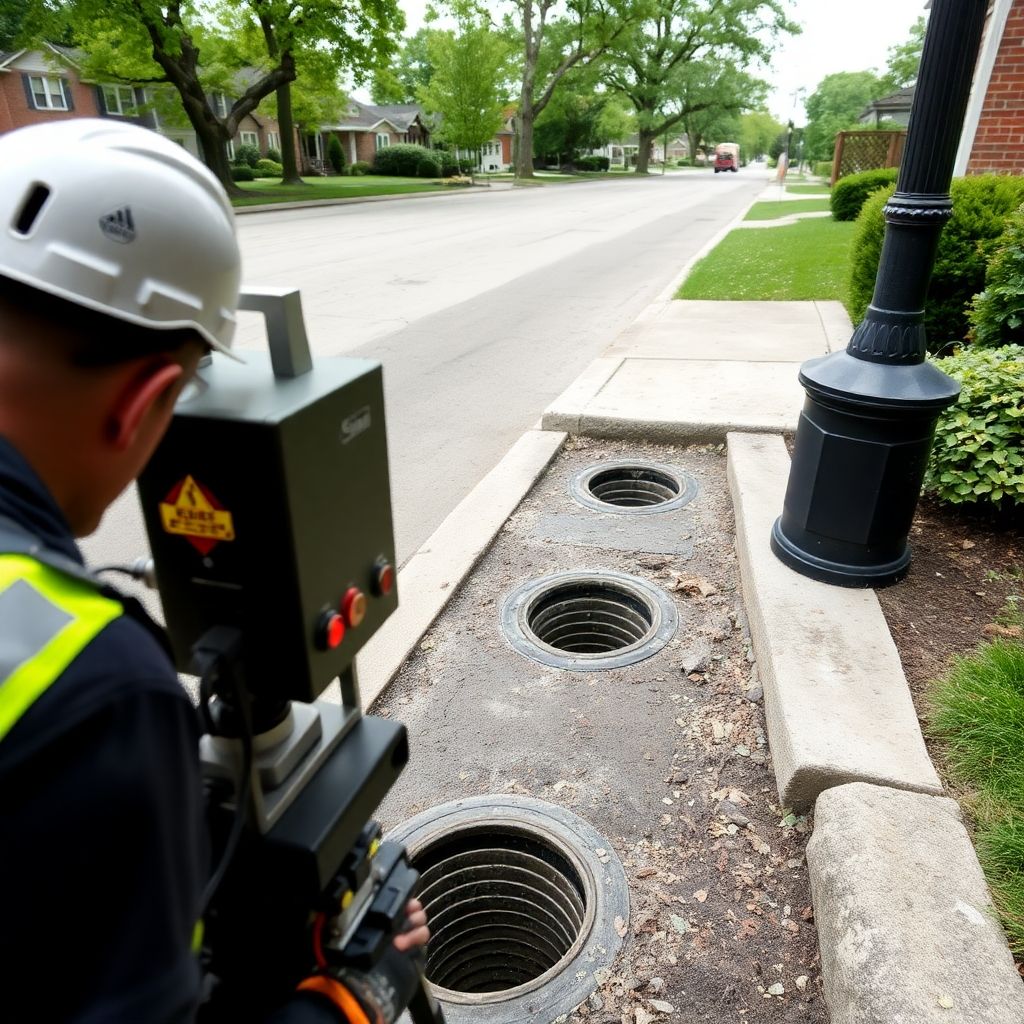
Evaluating Service Providers
When you’re in the market for a sewer scan service, picking the right company is key. Start by checking out local providers with a solid reputation. Word-of-mouth recommendations from friends or neighbors can be incredibly helpful. Look for companies that have extensive experience and a proven track record in Oak Park. You might also want to see if they offer a consultation to discuss your specific needs.
Understanding Pricing and Packages
Pricing can vary quite a bit from one company to another, so it’s smart to get a few quotes. Some services might charge a flat rate, while others have hourly rates or package deals. Make sure to ask what’s included in the price. Does the fee cover just the scan, or does it also include a detailed report and follow-up consultation? Knowing exactly what you’re paying for helps prevent any surprises later on.
Checking Credentials and Reviews
Before making a decision, it’s crucial to check the credentials of the service provider. Ensure they have the necessary licenses and certifications to operate in Illinois. You can also look up reviews online to see what past customers have said. Positive reviews can give you confidence, while negative ones might be a red flag. Remember, a well-reviewed company is often a safe bet, but don’t hesitate to ask questions if something seems off.
Choosing the right sewer scan service is more than just about the cost—it’s about ensuring peace of mind and knowing you have a professional you can trust.
When to Schedule a Sewer Scan

Before Buying a Property
When you’re on the verge of purchasing a new home, a sewer scan is an absolute must. This inspection can reveal hidden issues that might not be visible during a regular home inspection. Imagine finding out about a major sewer problem after you’ve signed the papers—nightmare, right? Getting a sewer scan before closing the deal can save you from unexpected headaches and expenses.
During Routine Maintenance
Just like your car needs regular check-ups, your sewer system does too. Scheduling a sewer scan as part of your home’s routine maintenance helps keep everything flowing smoothly. By catching small issues early, you can prevent them from turning into big, costly problems.
After Experiencing Plumbing Issues
If you’ve been dealing with frequent clogs or backups, it’s time to consider a sewer scan. These issues can be symptoms of a larger problem lurking underground. A sewer scan can pinpoint the exact cause, whether it’s a blockage, a crack, or something else entirely.
Regular sewer scans can extend the life of your sewer system and help maintain your property’s value. Don’t wait for a plumbing disaster to strike—stay proactive and informed.
Understanding Sewer Scan Reports
Interpreting the Findings
When you get a sewer scan report, it might look a bit daunting at first. But don’t worry, it’s not as complicated as it seems. The report will usually start with a summary of the inspection. This includes the overall condition of the sewer line, highlighting any issues found. Common issues like blockages, cracks, or root intrusions will be noted here. The report often includes video footage, which helps you visualize the problems. It’s like having a window into your pipes, showing exactly what’s going on down there.
Recommendations for Repairs
After identifying the issues, the report will lay out what needs to be done. This might include simple fixes like clearing a blockage or more extensive repairs like replacing sections of pipe. The recommendations will be based on the severity and type of problem. It’s important to consider these suggestions seriously to prevent future headaches. Ignoring them could lead to bigger problems and more costly repairs down the line.
Planning Future Inspections
Finally, the report will suggest when you should have your next inspection. Regular checks are crucial to maintaining a healthy sewer system. Depending on the age and condition of your pipes, the report might recommend inspections every year or every few years. Keeping up with these inspections can save you a lot of trouble and money in the long run. It’s all about catching issues early before they turn into major disasters.
A sewer scan report is more than just a list of problems—it’s a tool for maintaining your home’s plumbing health. By understanding the findings and acting on the recommendations, you can ensure a smooth-running sewer system and peace of mind.
The Role of Technology in Modern Sewer Scans
Advancements in Camera Technology
In the world of sewer inspections, camera technology has made leaps and bounds. High-resolution cameras are now the standard, allowing technicians to capture clear and detailed images of the sewer’s interior. These cameras come with LED lights, which means even the darkest corners of the sewer line can be illuminated and inspected thoroughly. The flexibility of the camera rods lets them navigate through the twists and turns of the pipes without a hitch.
Integration with Software Tools
Software tools have become an integral part of sewer scans. They allow for real-time data analysis and documentation. Inspectors can use specialized software to not only view but also record and analyze footage. This software often includes features that can measure the depth and exact location of any issues found, helping to plan repairs more efficiently. The use of software makes it easier to generate reports that are clear and concise, providing homeowners with understandable insights into their sewer system’s condition.
Real-Time Monitoring Capabilities
Real-time monitoring is a game changer for sewer inspections. With live feeds from the camera, technicians can make immediate assessments and decisions. This capability reduces the time needed for inspections and increases the accuracy of findings. Real-time monitoring also means that any potential issues can be addressed on the spot, minimizing disruption and preventing small problems from escalating into major repairs.
The integration of modern technology into sewer inspections not only improves efficiency but also enhances the accuracy and reliability of the results, providing homeowners with peace of mind about their property’s plumbing health.
Environmental Considerations in Sewer Scans
Minimizing Disruption to Property
When performing sewer scans, it’s vital to keep the disruption to your property as minimal as possible. This means using non-invasive methods whenever feasible. Trenchless technology, for instance, allows technicians to inspect and repair pipes without the need for extensive digging. This approach not only preserves your landscape but also reduces the time and cost involved.
Eco-Friendly Practices
Sewer scans can be performed in an environmentally friendly manner. Utilizing biodegradable products for cleaning and maintenance ensures that no harmful chemicals are left behind. Moreover, companies can adopt practices such as recycling wastewater where appropriate. These steps help in reducing the ecological footprint of the scanning process.
Compliance with Local Regulations
Adhering to local environmental laws and regulations is crucial during sewer scans. This compliance ensures that the work is done legally and safely, protecting both the environment and the property owner. It’s important for service providers to be aware of and follow these regulations to avoid any legal issues. Keeping up with local laws not only ensures safety but also promotes trust with clients.
Regular sewer scans, done with an eye on environmental impact, can offer peace of mind. They help maintain the integrity of your property while respecting the natural surroundings.
When it comes to sewer scans, we must think about the environment. Using the right tools and methods can help reduce harm to our surroundings. If you’re curious about how we can help you with sewer inspections while keeping the planet safe, visit our website for more information!
Wrapping It Up
So, there you have it. Sewer scans might not be the most glamorous topic, but they’re super important. Whether you’re buying a new home or just keeping up with maintenance, these inspections can save you a lot of headaches down the line. They help spot issues early, so you don’t end up with a big mess or a big bill. Plus, they give you peace of mind knowing your pipes are in good shape. It’s a small step that can make a big difference in the long run. So, next time you’re thinking about home maintenance, don’t forget about the pipes underground. They’re just as important as the roof over your head.
Frequently Asked Questions
What is a sewer scan?
Why are sewer scans important?
Sewer scans help detect problems early, preventing costly repairs and ensuring the sewer system works properly.
When should I get a sewer scan?
You should get a sewer scan during routine maintenance, before buying a home, or if you notice plumbing issues.
How long does a sewer scan take?
A sewer scan usually takes less than an hour, but it might take longer depending on the property’s needs.
What problems can a sewer scan detect?
A sewer scan can detect blockages, cracks, corrosion, root intrusion, and misaligned pipes.
What tools are used in a sewer scan?
High-resolution cameras, monitors, locators, and protective gear are commonly used during sewer scans.
How do sewer scans help homeowners?
Sewer scans help homeowners by extending the sewer system’s lifespan and making them aware of any issues.
What should I look for in a sewer scan service?
Look for a service with good reviews, fair pricing, and proper credentials when choosing a sewer scan service.
